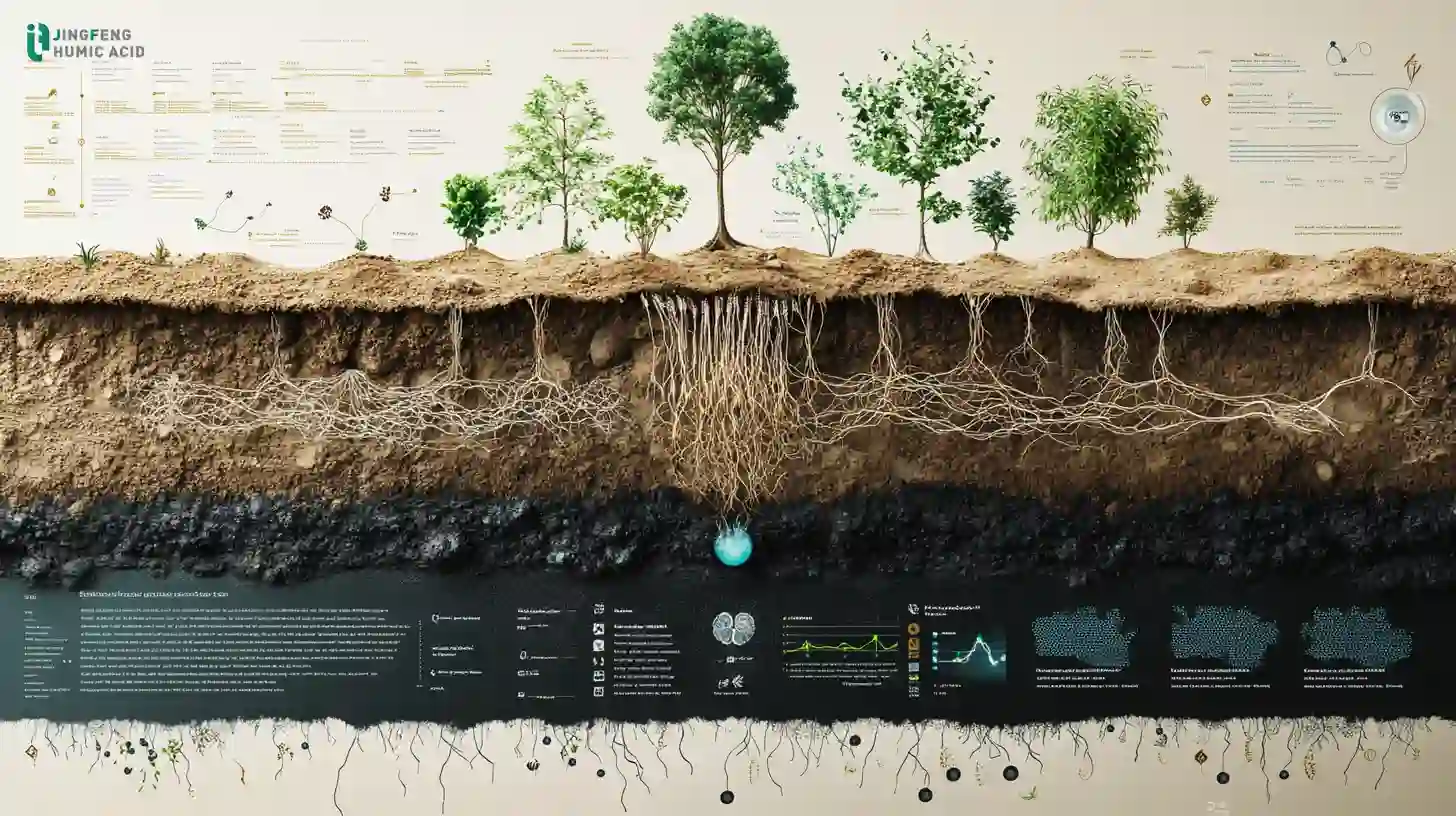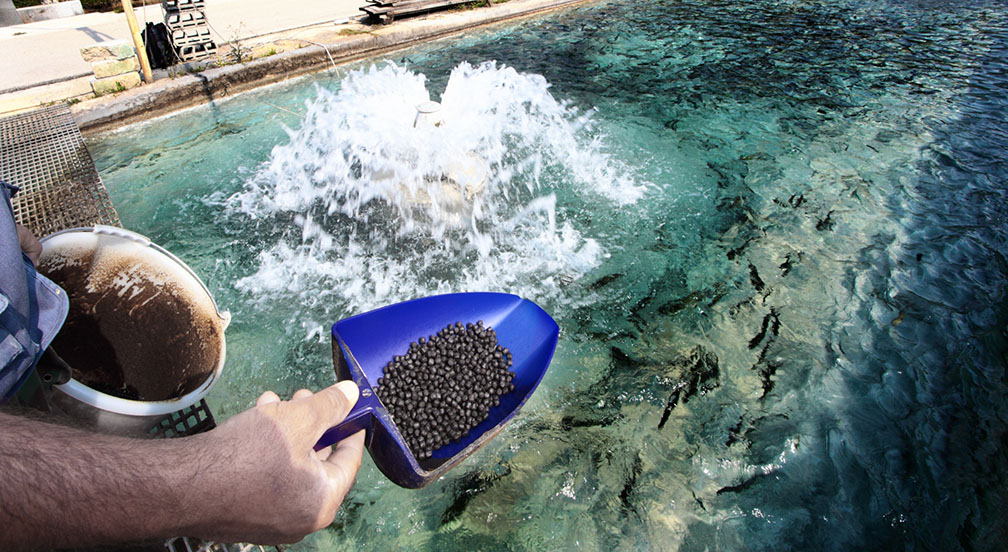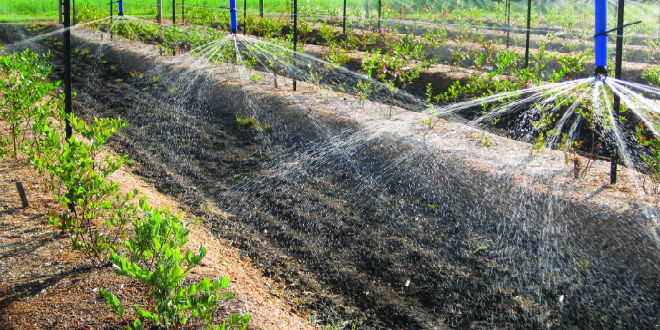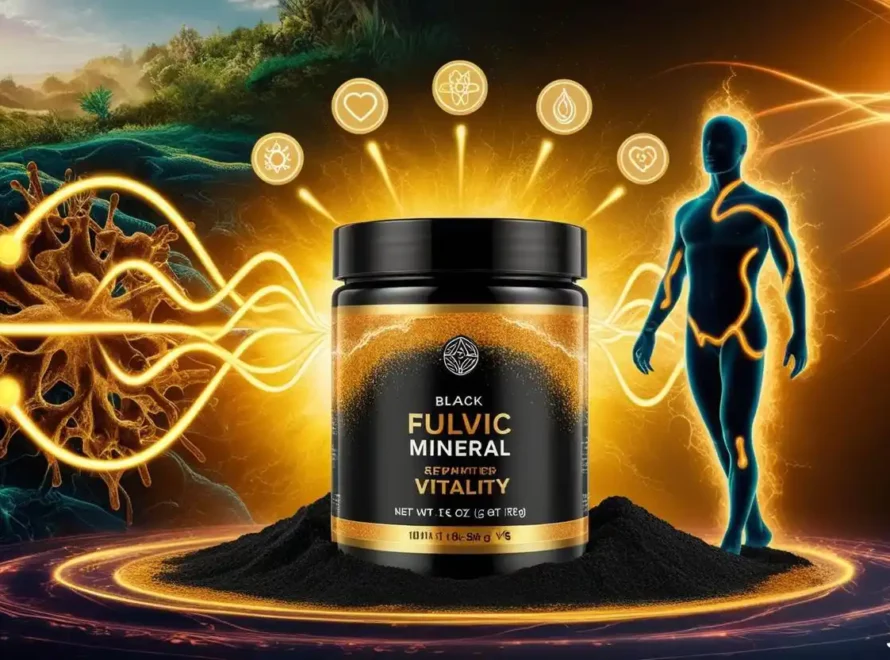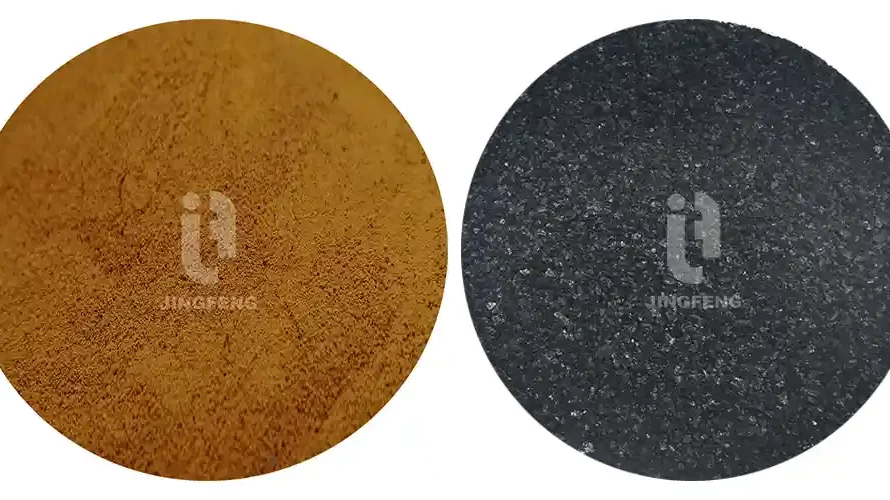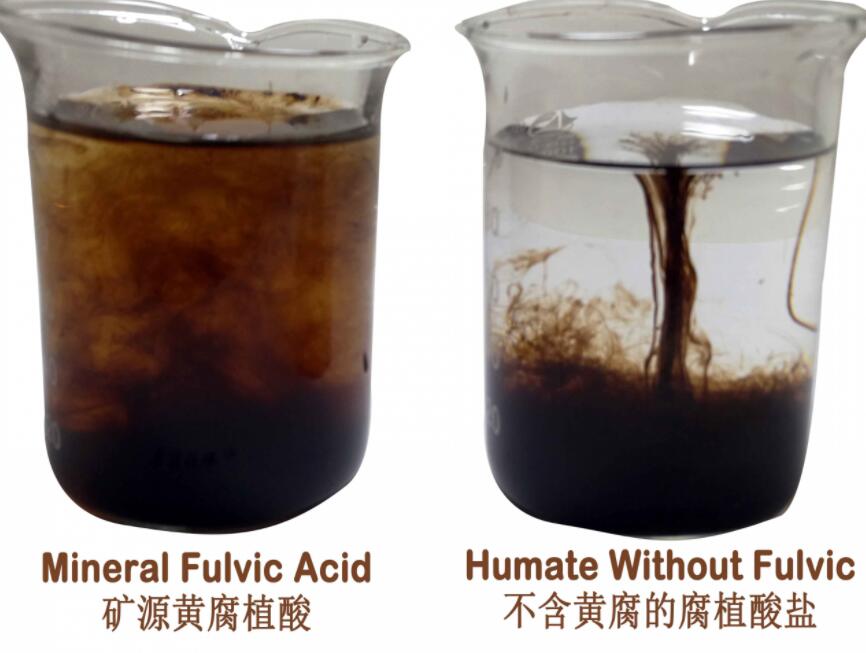
You can see a big difference in your crops when you use humic fertilizer packed with humic acid and fulvic acid. These humates boost soil health by improving soil structure and making nutrients easier for plants to absorb. When you add humic fertilizer, you help soil hold water better and support strong root growth. Modern humic fertilizers, like those from JINGFENG HUMIC ACID, offer full water solubility and organic certification, making them easy and safe to use.
Humates do more than just feed your plants; they change the way soil works. In a recent study, barley treated with humic acid showed up to a 22% increase in grain yield under stress. See how humic acid and fulvic acid treatments compare:
| Treatment | Plant Height Increase (%) | Grain Yield Increase (%) |
|---|---|---|
| Humic acid + 100% RDP | N/A | 22.30 |
| Fulvic acid + 100% RDP | 16.44 | 11.27 |
Humic fertilizer works on all soil types, helping sandy soils keep moisture and clay soils breathe. Humic acid and humates create a better soil structure, so you get healthier crops and better harvests every season.
Key Takeaways
- Humic fertilizer improves soil structure by helping soil particles form stable groups, which allows roots to grow better and water and air to flow freely.
- It boosts water retention in sandy and clay soils, helping plants get more water and survive dry spells with less wilting.
- Humic acid enhances nutrient uptake by making minerals like calcium and magnesium easier for plants to absorb, leading to stronger roots and higher yields.
- Adding humic fertilizer supports beneficial soil microbes that break down organic matter and protect plants from disease, creating healthier soil.
- Using humic fertilizer saves money by reducing the need for chemical fertilizers and water, while increasing crop yields and supporting sustainable farming.
Soil Structure
Soil structure shapes the way your plants grow. When you use humic acid and humates, you help soil particles stick together in small groups called aggregates. These aggregates create spaces in the soil. Roots can move through these spaces more easily. Air and water can also flow better. You get stronger plants and better harvests.
Water Retention
Water retention means how well soil holds onto water for your plants. Humic acid and humates act like sponges in the soil. They soak up water and keep it available for roots. In sandy soils, water usually drains away too fast. When you add humic acid, you slow down this process. Your plants get more time to drink. In clay soils, water can get trapped and roots may not get enough air. Humic acid changes the soil structure so water spreads out more evenly. This helps roots breathe and take up water at the same time.
Tip: If you want to see your plants thrive during dry spells, focus on improving water retention with humic acid and humates. You will notice less wilting and more steady growth.
JINGFENG HUMIC ACID’s humic fertilizer dissolves completely in water. You can use it in drip irrigation or as a foliar spray. This makes it easy to deliver humic acid and humates right where your plants need them. You help your soil hold water longer, so you use less water and get healthier crops.
Aggregation
Aggregation is the way soil particles group together. Good aggregation means better soil structure. Humic acid and humates help soil particles form stable aggregates. These aggregates make the soil loose and crumbly. Roots can grow deeper and spread wider. Air and water move more freely. You get better drainage and less soil compaction.
Research shows that humic acid and humates boost soil aggregation by acting as natural binding agents. They also increase biological activity in the soil. Microbes break down organic matter and help form even more stable aggregates. In sandy soils, humic acid fills the gaps between particles. This improves soil structure and water retention. In clay soils, humic acid breaks up heavy clumps. You get a softer texture and better aeration.
Piccolo and his team found that humic acid from carbon-rich sources makes soil aggregates stronger. This reduces erosion and keeps nutrients in place. You protect your soil and help your plants grow better.
Here are some ways humic acid and humates improve soil structure:
- Increase the number of large, stable aggregates
- Boost biological activity for faster organic matter breakdown
- Improve water retention in sandy soils
- Enhance aeration and drainage in clay soils
When you use humic fertilizer, you give your soil the tools it needs to support strong, healthy crops. You see better water retention, improved soil structure, and more active biological activity. Your plants get the best start and keep growing strong all season.
Nutrient Uptake with Humic Acid

Humic acid changes the way your plants get nutrients from the soil. When you use humic fertilizer, you give your crops a powerful bio-stimulant that boosts nutrient uptake and root development. Humic acid and humates work together to unlock minerals and make them easier for roots to absorb. This process leads to stronger plants and better yields.
Mineral Absorption
Humic acid acts like a bridge between soil minerals and plant roots. It binds with minerals such as potassium, calcium, and magnesium. This action keeps these nutrients in a form that roots can use. You see improved uptake of these key minerals, which helps your plants grow faster and healthier.
A scientific study compared soils with and without humic acid. The results showed big changes in mineral levels:
| Mineral Property | Without Humic Acid (LD) | With Humic Acid (HA) | Significance (p < 0.05) |
|---|---|---|---|
| Exchangeable Calcium (mg/kg) | 137.32 ± 16.43 | 598.61 ± 16.19 | Significant increase (*) |
| Exchangeable Magnesium (mg/kg) | 24.41 ± 2.36 | 101.55 ± 0.94 | Significant increase (*) |
| Available Potassium (mg/kg) | 432.20 ± 3.89 | 116.87 ± 11.25 | Significant decrease (#) |
You can see that humic acid increases calcium and magnesium in the soil. Potassium levels drop, but this means your plants are using it more efficiently. Humic acid and humates help roots take up these minerals, so your crops get the nutrition they need.
Humic acid also helps with root development. Roots grow deeper and spread wider. This means your plants can reach more nutrients and water. You get stronger, healthier crops that can handle stress better.
Note: When you use humic acid as a bio-stimulant, you help your plants absorb more minerals. This leads to better growth and higher yields.
Nutrient Availability
Nutrient availability is how much of each nutrient your plants can actually use. Humic acid and humates boost nutrient availability by breaking down soil particles and releasing locked-up minerals. This process makes nutrients like nitrogen, phosphorus, and potassium easier for roots to find.
Humic acid stabilizes nitrogen in the soil. This means less nitrogen gets lost to the air or water. Your plants get a steady supply for longer periods. Humic acid also releases phosphorus that is stuck in the soil. Roots can then absorb this important nutrient, which supports strong root development and healthy leaves.
Studies show that humic acid and humates increase the levels of micronutrients such as zinc, copper, iron, and manganese. The chart below shows how different treatments affect zinc levels over two years:

You can see that humic acid and organic treatments keep zinc levels high. This means your plants get more of the nutrients they need for healthy growth.
Humic acid also boosts enzyme activity in the soil. This helps break down organic matter and release even more nutrients. Humates support beneficial microbes, which further improve nutrient cycling. When you use humic fertilizer, you create a healthy soil environment that feeds your plants all season.
- Humic acid increases nutrient uptake for potassium, calcium, magnesium, and micronutrients.
- Humic acid stabilizes nitrogen and releases phosphorus for better root development.
- Humates improve nutrient availability and support a healthy soil ecosystem.
When you add humic acid and humates to your soil, you give your crops the best chance to thrive. You see greener leaves, stronger roots, and bigger harvests. Humic fertilizer acts as a bio-stimulant that transforms nutrient uptake and soil health.
Soil Health and Microbes
Beneficial Microorganisms
You play a key role in building soil health when you add humic acid and humates to your soil. These natural substances create the perfect environment for beneficial microorganisms. When you use humic acid, you help good bacteria and fungi grow. These microbes break down organic matter and release nutrients for your plants. You see more biological activity in your soil, which means healthier crops.
Scientists have found that humic acid acts as a biostimulant. It helps phosphorus solubilizing microorganisms and nitrogen-fixing bacteria multiply. These microbes produce organic acids that unlock nutrients like phosphorus. They also use enzymes to break down organic matter, making nutrients easy for roots to absorb. You notice better soil fertility and stronger plants because of this increased biological activity.
Humates also help keep harmful bacteria in check. They support a balance in the soil, so good microbes thrive and bad ones do not take over. This balance boosts soil health and protects your crops from disease. You get more resilient plants and better harvests.
Tip: Healthy soil teems with life. When you use humic acid and humates, you encourage a living soil that supports your crops all season.
Organic Matter
Organic matter is the heart of soil health. You add humic acid and humates to speed up the breakdown of organic matter. This process releases nutrients and builds up organic soil matter. As organic matter increases, you see more biological activity and better soil structure.
Humic acid helps organic matter decompose faster. Microbes feed on organic matter and turn it into humates. These humates improve soil fertility by holding nutrients and water. You notice that your soil holds moisture better and supports plant growth.
When you use humic acid, you boost the amount of organic matter in your soil. This leads to more biological activity and a richer environment for roots. Over time, you build up organic soil matter, which keeps soil health strong year after year.
- Humic acid and humates increase organic matter and biological activity.
- More organic matter means better soil fertility and stronger crops.
- You create a cycle where organic matter feeds microbes, and microbes build soil health.
You can trust that humic acid and humates will transform your soil. They boost microbial activity, speed up organic matter breakdown, and improve soil fertility. Your soil becomes healthier, and your crops grow better every season.
Soil Amendments for Crop Resilience
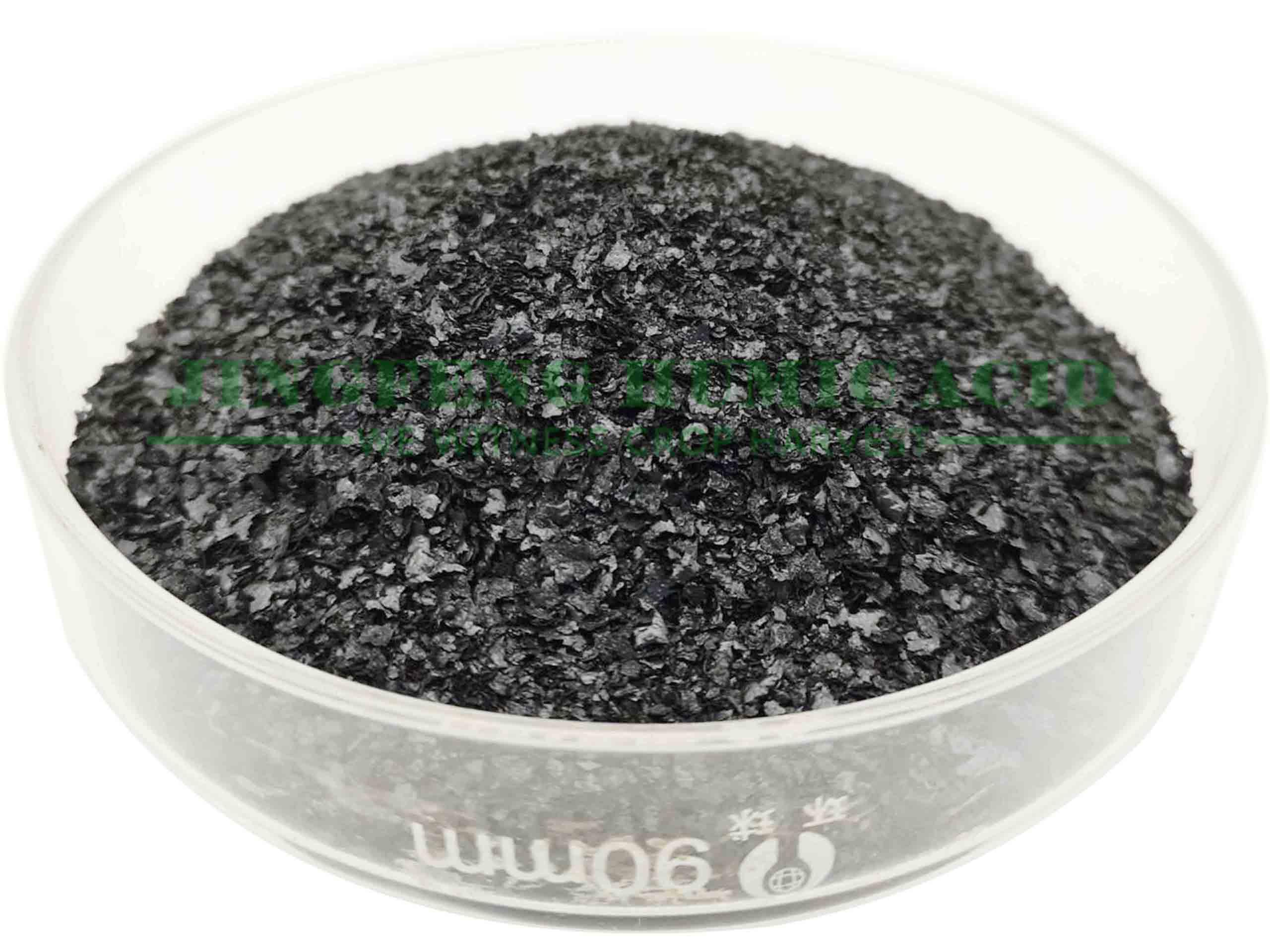
Stress Resistance
You can use soil amendments like humic fertilizer to help your crops handle tough conditions. These soil amendments boost drought resistance and help plants survive when water is low. When you apply humic acid, you support the plant’s ability to keep water in its leaves and roots. This means your crops can keep growing even during dry spells.
- Humic acid keeps the photosynthetic rate high, so plants make more food for themselves.
- It helps leaves stay open just enough to let in air but not lose too much water.
- Plants treated with humic acid show better membrane stability, which protects cells from damage.
- You see higher relative water content in leaves, which means better drought resistance.
Soil amendments also improve root growth. Strong roots reach deeper for water and nutrients. Humic acid helps roots absorb potassium, sulfur, nitrogen, phosphorus, and zinc. These nutrients help plants adjust to dry soil. Humic acid also increases chlorophyll, so plants keep making energy even when stressed. It activates enzymes that protect against harmful molecules. These changes give your crops better drought tolerance and help them bounce back after stress.
Crop Quality
Soil amendments do more than help with drought resistance. They also improve soil quality and crop yields. When you use humic fertilizer, you help your crops grow stronger and taste better. Humic acid and fulvic acid work together to chelate heavy metals, so your plants do not take up harmful substances. This keeps your food safer and cleaner.
You also see less pesticide residue in your harvest. Humic fertilizer supports healthy soil quality by feeding good microbes and breaking down organic matter. This leads to better nutrient absorption and higher yields. Farmers notice that soil amendments like humic acid make crops more uniform and boost seed germination. You get more even growth and better crop yields.
- Humic substances improve crop resilience to drought, salinity, and extreme temperatures.
- Activated humic acids help roots grow and absorb nutrients, leading to higher yields.
- Fulvic acid acts as a natural chelator, moving nutrients into plant cells for better growth.
- Combined humic and fulvic acids give you the best results for soil quality and crop yields.
When you use soil amendments, you improve soil quality, increase drought resistance, and enjoy higher yields. Your crops become more resilient, taste better, and stay healthier from seed to harvest.
Environmental and Economic Benefits
Sustainable Farming
You help the planet when you choose humic fertilizer for your crops. Humic fertilizer supports sustainable farming by making your soil healthier and more productive. You use fewer chemical fertilizers and pesticides because humic acid improves nutrient use and boosts plant strength. This means you protect the environment and keep your soil quality high for future seasons.
You can use humic fertilizer in organic farming. JINGFENG HUMIC ACID’s Mineral Humic Fulvic Acid Fertilizer has CERES organic certification under the NOP standard. This gives you confidence that the product meets strict organic guidelines. You can apply it as a foliar spray, through drip irrigation, or even as a root soak. These options make it easy to fit into your farming routine.
Discover Mineral Humic Fulvic Acid Fertilizer
Enhance your crops and soil health with JINGFENG HUMIC ACID’s certified, versatile fertilizer. Learn more and boost your yields today.
Tip: Sustainable farming starts with healthy soil. Humic fertilizer helps you build soil quality and protect your land for years to come.
Cost Efficiency
You save money when you use humic fertilizer. Plants absorb nutrients better, so you need less chemical fertilizer. This lowers your input costs and helps your budget. Humic fertilizer also improves water retention, so you use less water during dry periods. Your crops grow stronger and resist stress, which means you get higher yields and better profits.
You can choose from different forms of humic fertilizer, like black flakes or powder. These dissolve quickly in water, so you can apply them in many ways. This flexibility lets you target the needs of your crops and soil.
- Lower fertilizer and water costs
- Higher crop yields and profits
- Flexible application methods for any farm
When you use humic fertilizer, you make a smart choice for your wallet and the environment.
You can transform your farm or garden by choosing humic fertilizer. Studies show crop yields rise by 15–30% and soil health improves with better nutrient uptake and water retention.
| Benefit | Result |
|---|---|
| Crop Yields | Up to 30% increase in many crops |
| Soil Health | More organic matter, better structure |
| Sustainable Practices | Less chemical use, cleaner environment |
- Wheat yields increased up to 34.9% with Humalite.
- Net revenue gains were highest with lower fertilizer input.
Try certified humic fertilizers like JINGFENG HUMIC ACID to see these results for yourself.
FAQ
What is humic fertilizer made from?
Humic fertilizer comes from natural sources like leonardite or peat. You get humic acid, fulvic acid, and minerals. These ingredients help your soil and plants grow better.
How do you apply humic fertilizer?
You can mix humic fertilizer with water and use it as a foliar spray, drip irrigation, or root soak. Always follow the product label for the best results.
Is humic fertilizer safe for organic farming?
Yes! JINGFENG HUMIC ACID’s Mineral Humic Fulvic Acid Fertilizer has CERES organic certification. You can use it safely in organic farming and gardening.
What benefits will you see in your crops?
You will notice stronger roots, greener leaves, and higher yields. Your crops will resist drought and stress better. You may also see improved taste and quality.
Can you use humic fertilizer with other fertilizers?
Absolutely! You can combine humic fertilizer with most chemical or organic fertilizers. This combination helps your plants absorb nutrients more efficiently.

